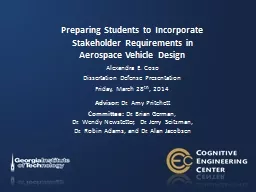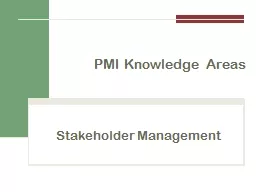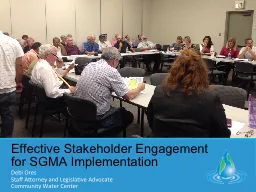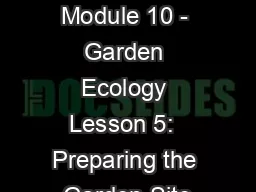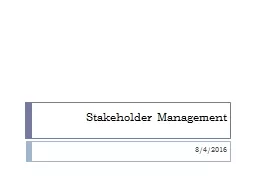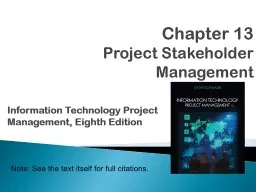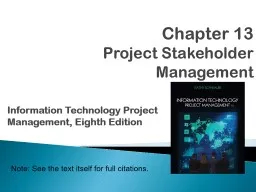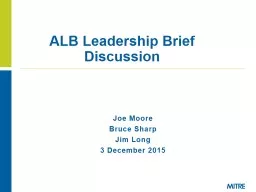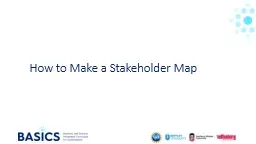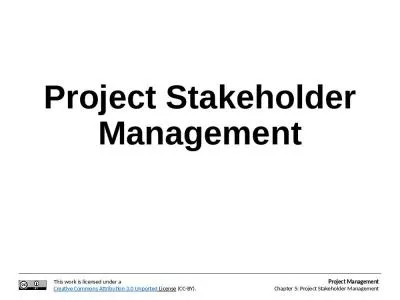PPT-Preparing Students to Incorporate Stakeholder Requirements
Author : natalia-silvester | Published Date : 2017-05-06
Aerospace Vehicle Design Alexandra E Coso Dissertation Defense Presentation Friday March 28 th 2014 Advisor Dr Amy Pritchett Committee Dr Brian German Dr
Presentation Embed Code
Download Presentation
Download Presentation The PPT/PDF document "Preparing Students to Incorporate Stakeh..." is the property of its rightful owner. Permission is granted to download and print the materials on this website for personal, non-commercial use only, and to display it on your personal computer provided you do not modify the materials and that you retain all copyright notices contained in the materials. By downloading content from our website, you accept the terms of this agreement.
Preparing Students to Incorporate Stakeholder Requirements: Transcript
Download Rules Of Document
"Preparing Students to Incorporate Stakeholder Requirements"The content belongs to its owner. You may download and print it for personal use, without modification, and keep all copyright notices. By downloading, you agree to these terms.
Related Documents

